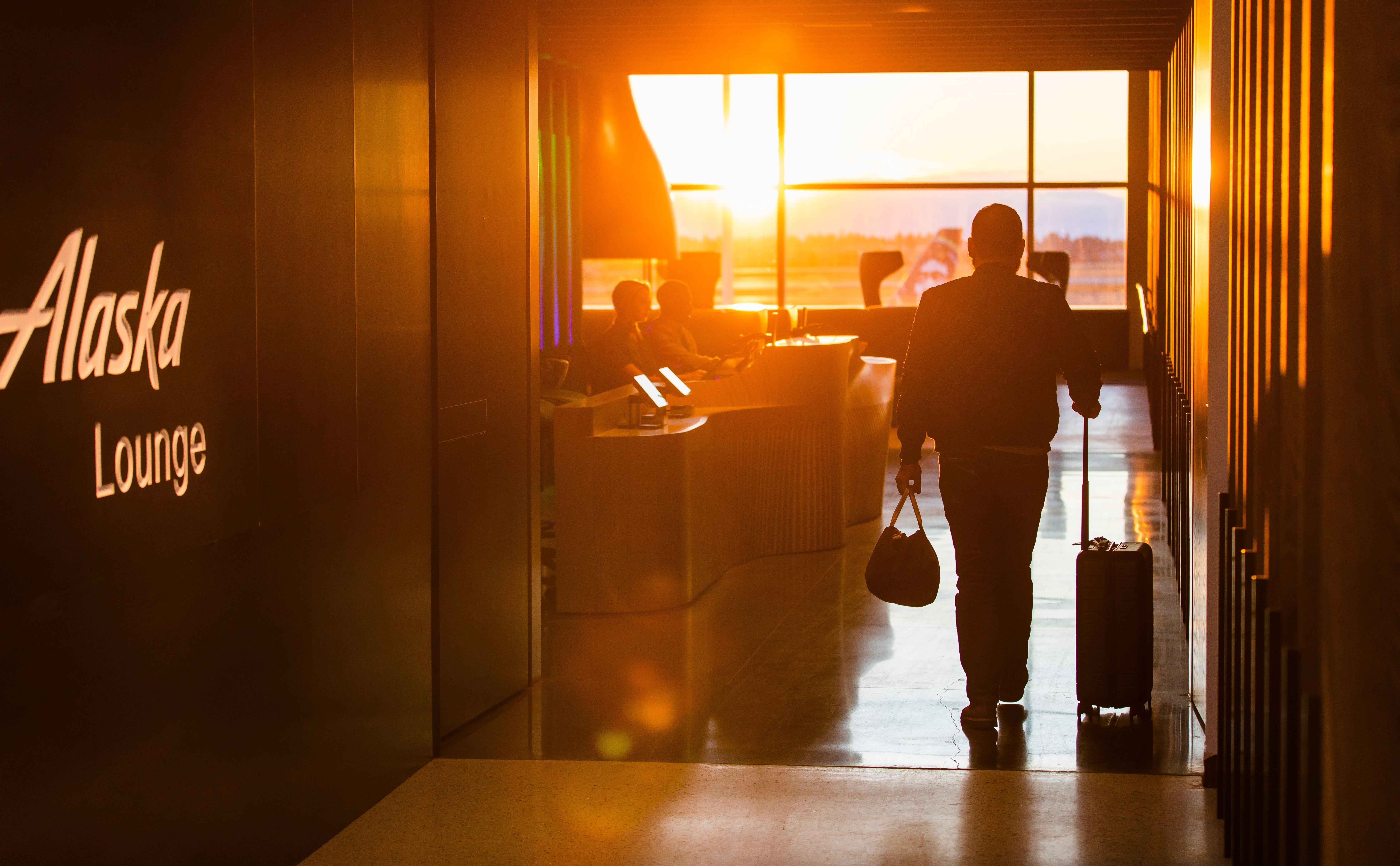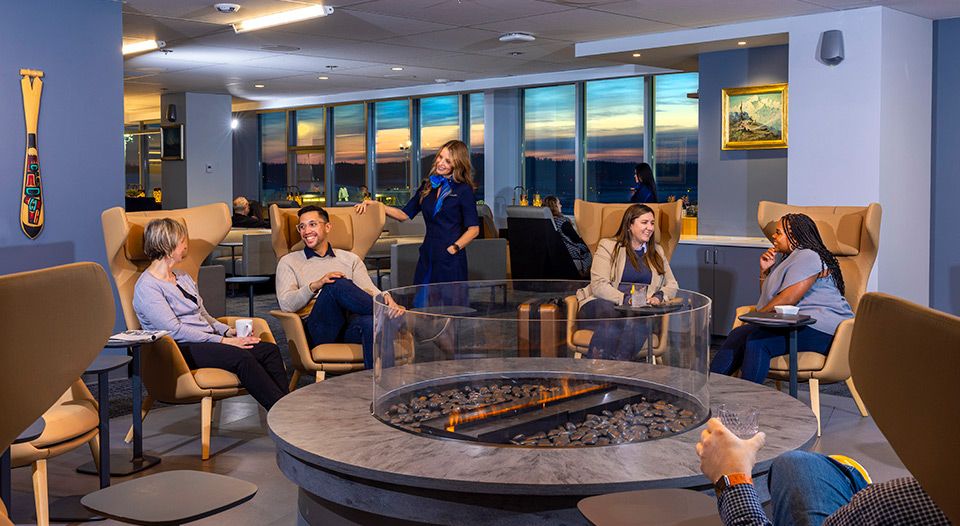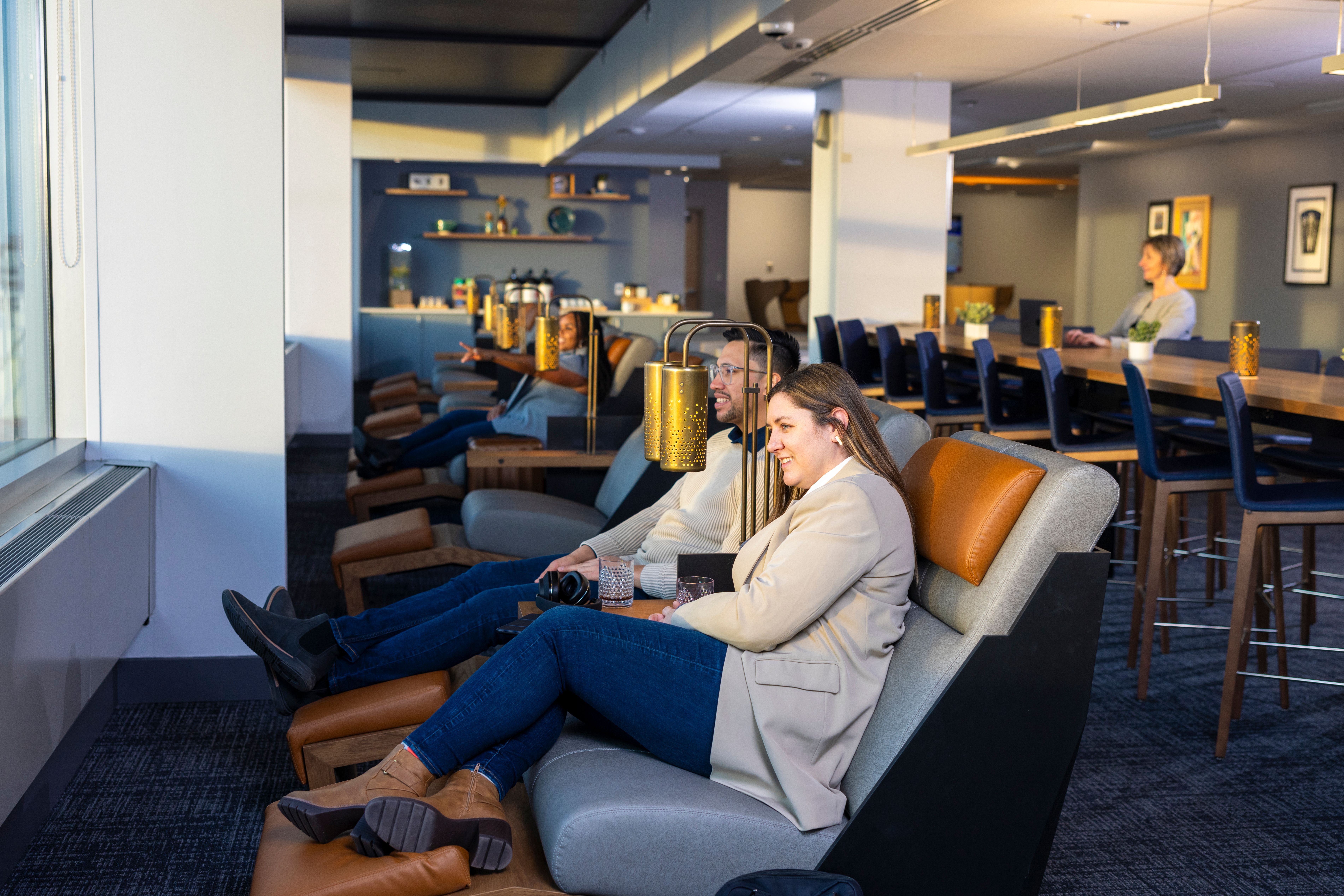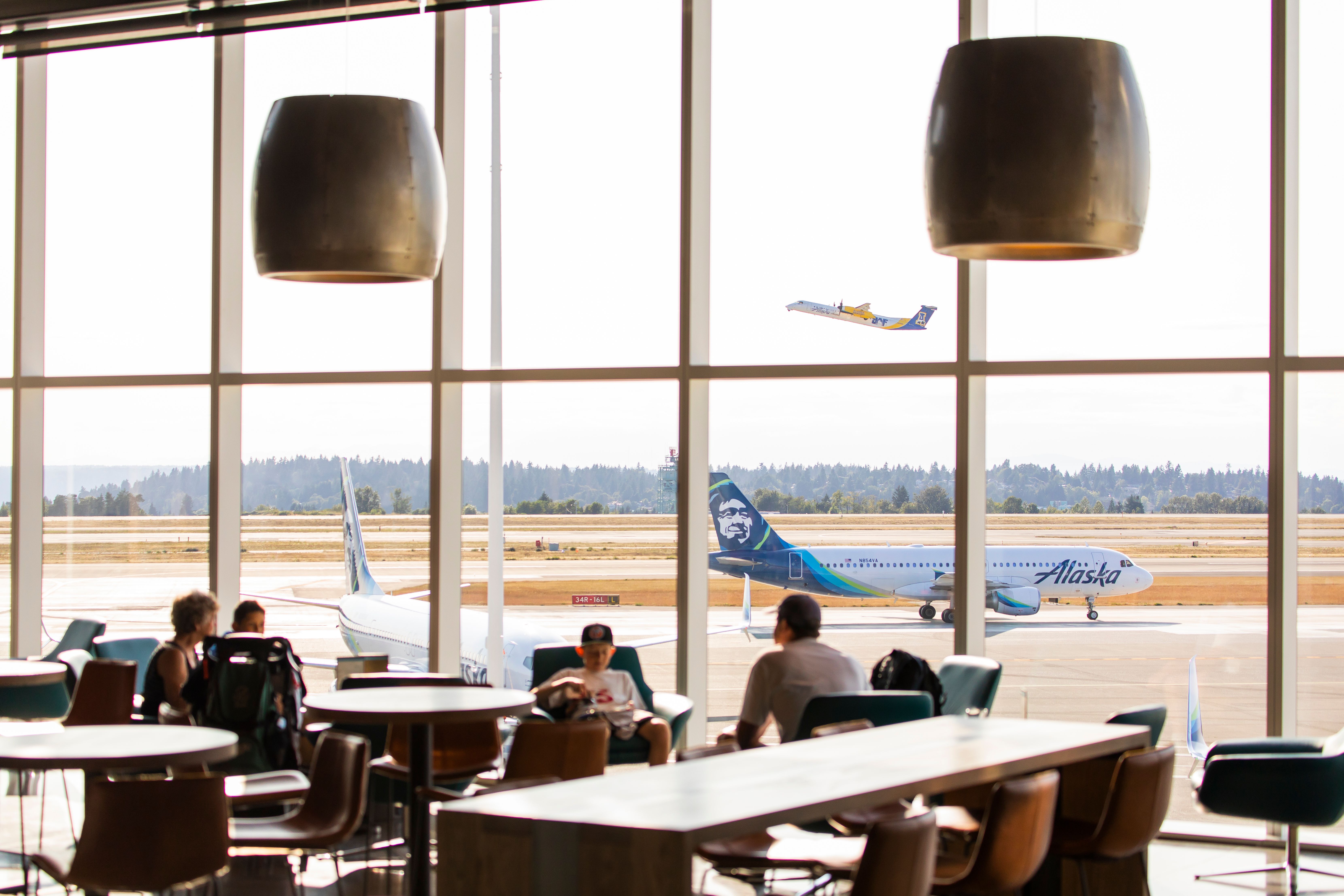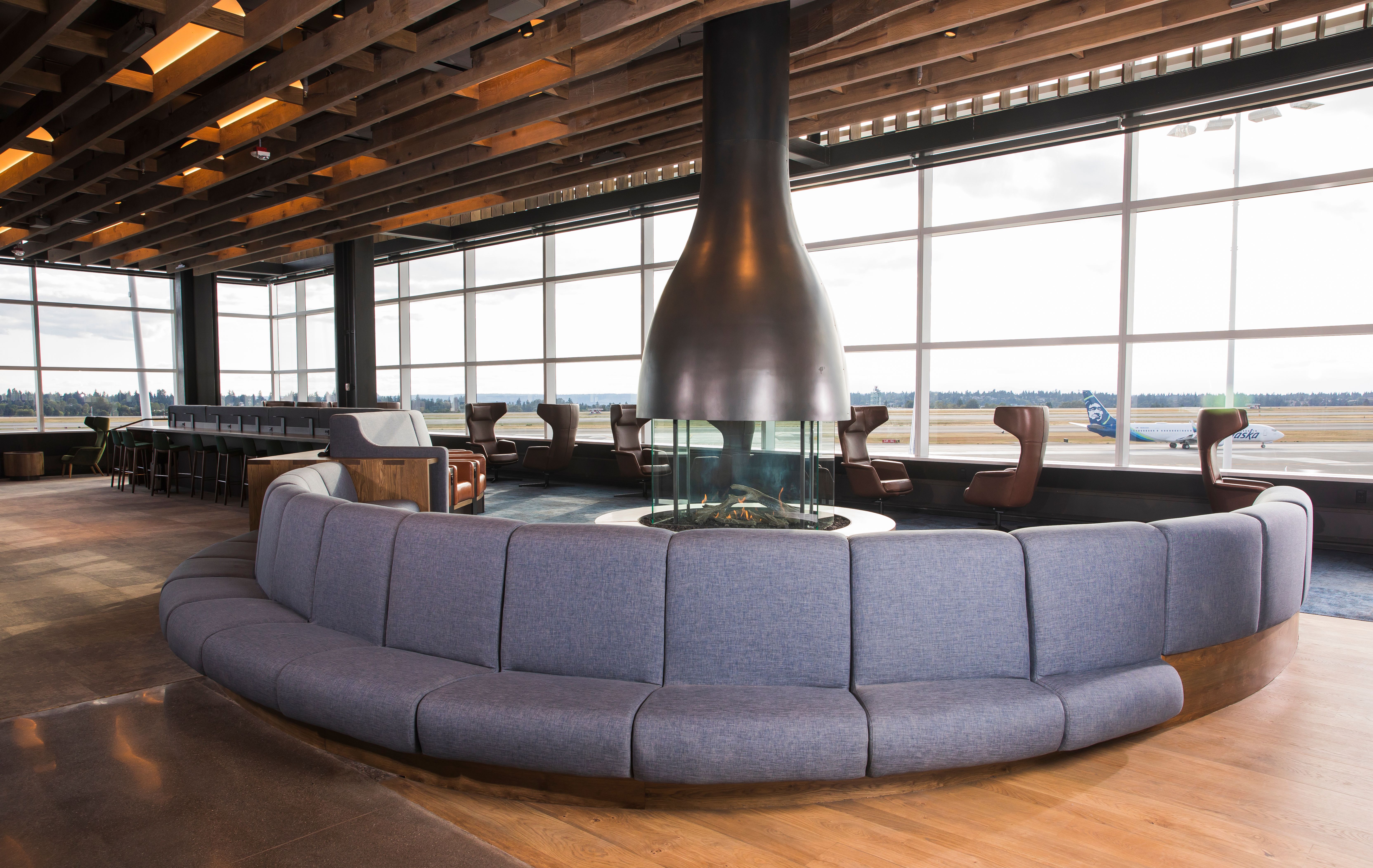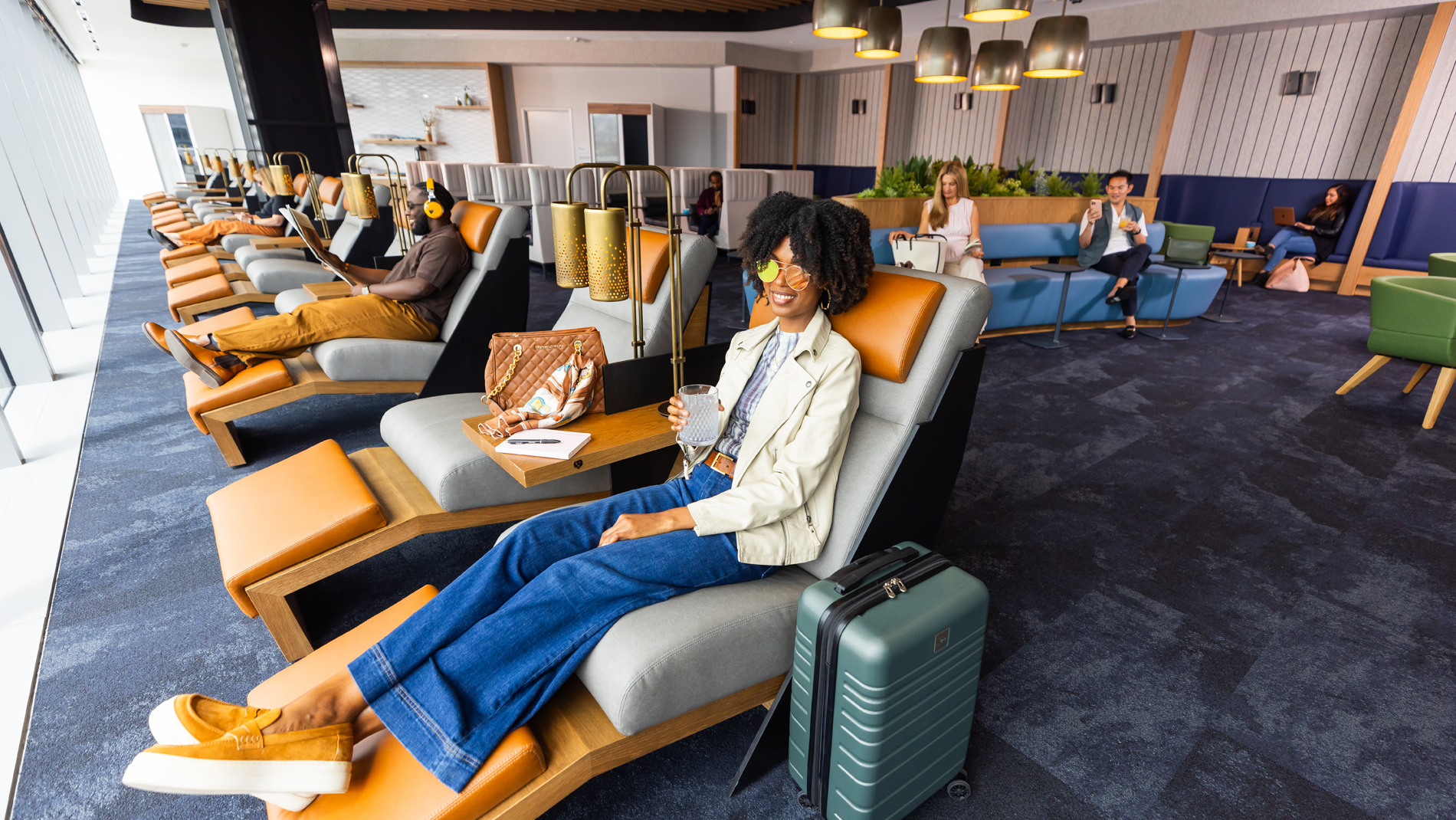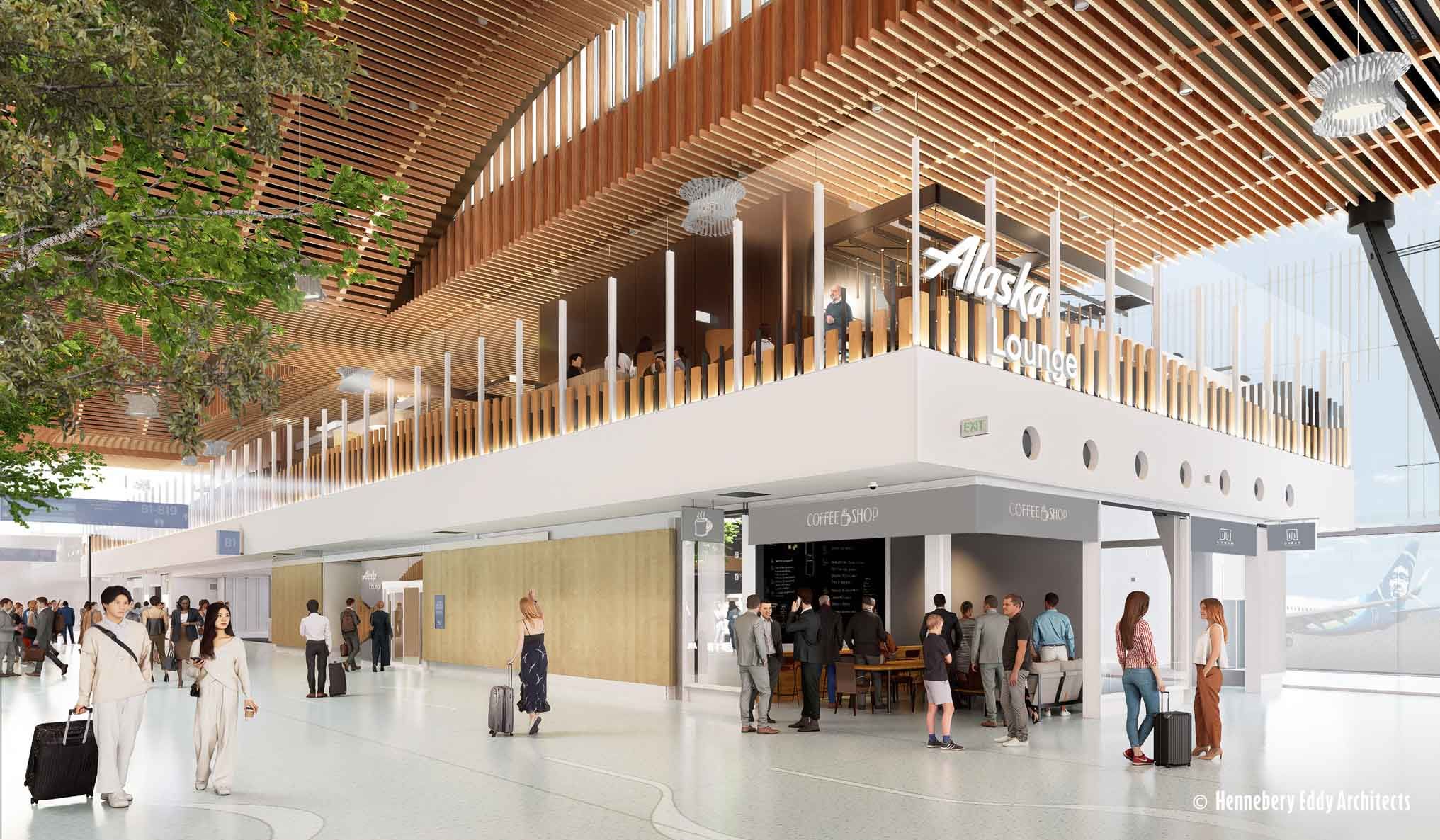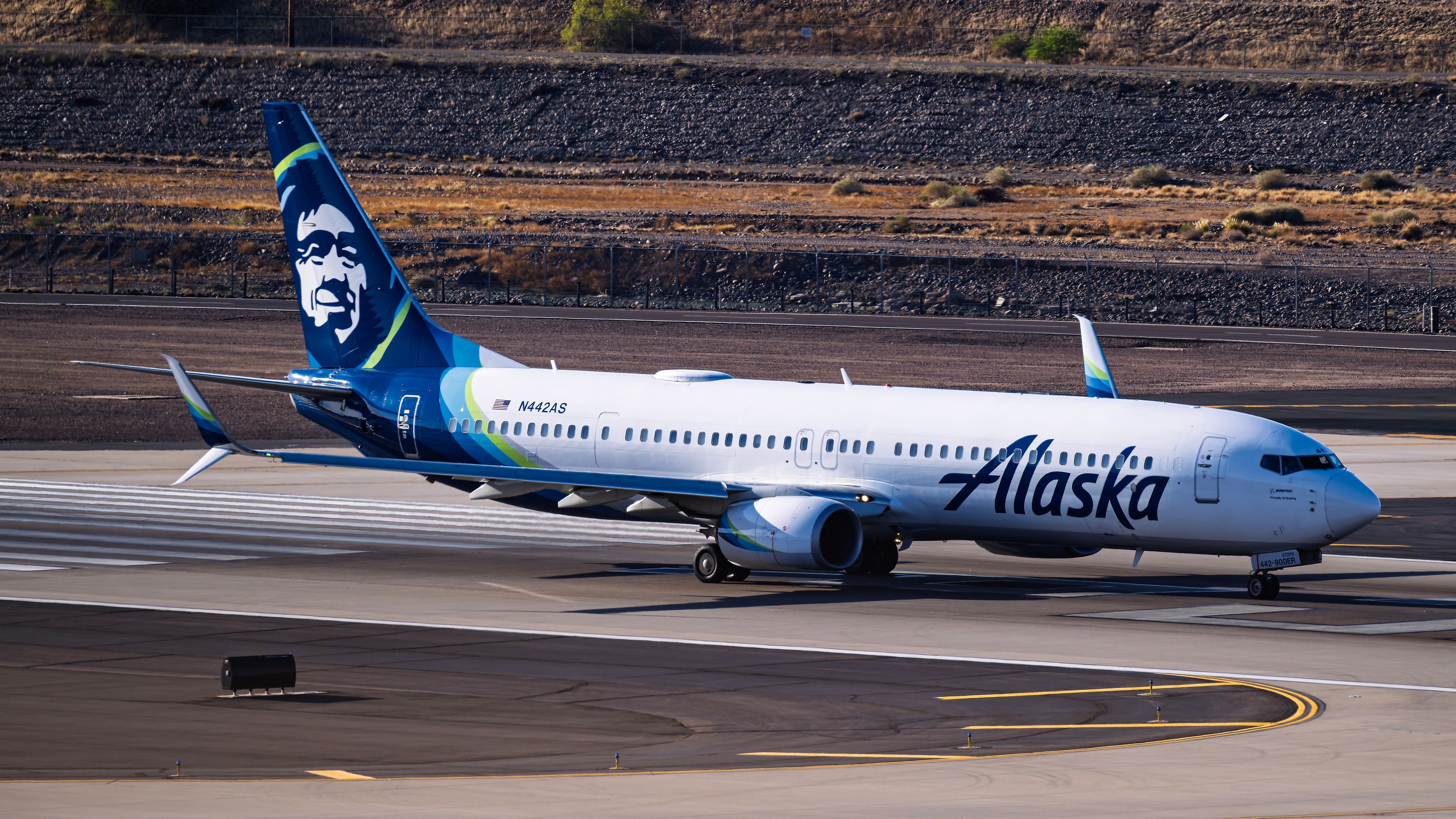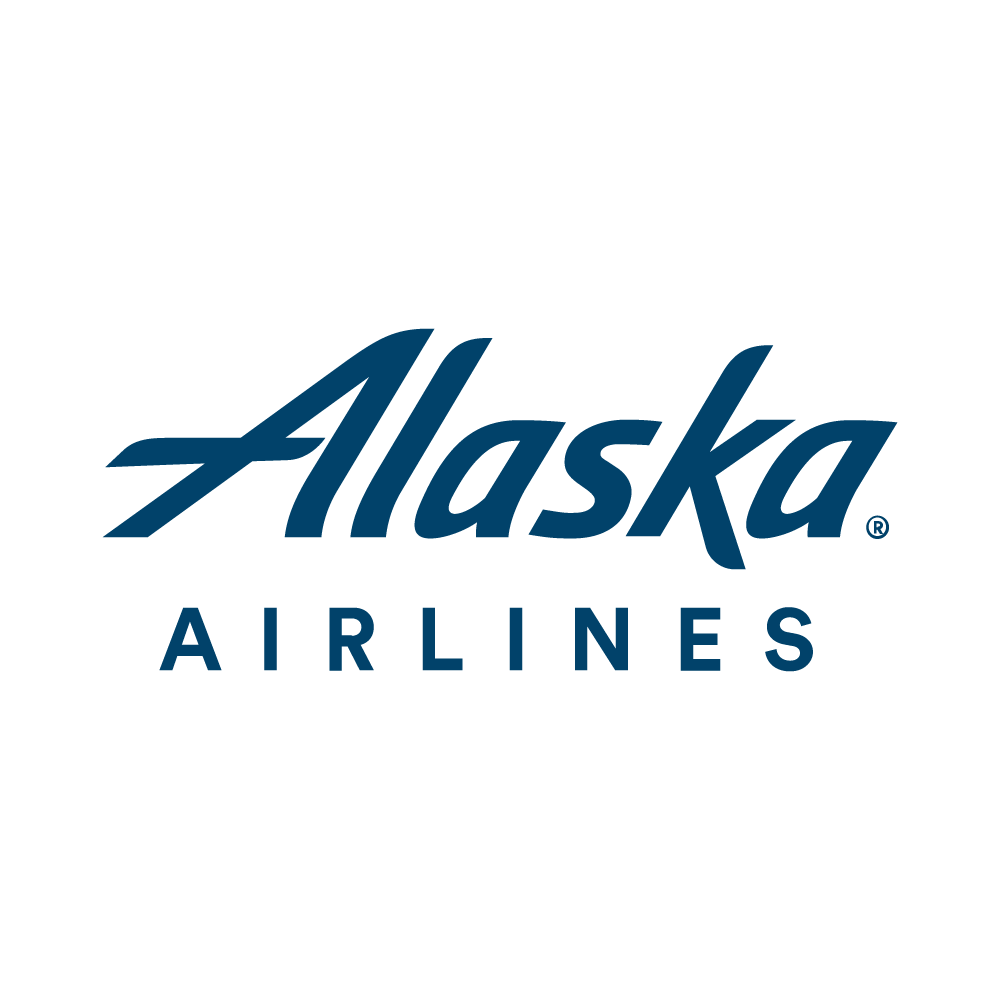![]() Alaska Airlines, the fifth largest carrier in North America by passengers carried (partly thanks to its historic mergers and acquisitions of both Virgin America and Hawaiian Airlines, operates a robust network of flights in the United States. Based out of Seattle Tacoma International Airport (SEA), the airline focuses on flights along the West Coast of the USA, and operates to over 100 destinations both domestically and within the Bahamas, Belize, Canada, Costa Rica, Mexico, and Guatemala, and now Japan, with South Korea, Italy, Iceland and the United Kingdom – soon to take off.
Alaska Airlines, the fifth largest carrier in North America by passengers carried (partly thanks to its historic mergers and acquisitions of both Virgin America and Hawaiian Airlines, operates a robust network of flights in the United States. Based out of Seattle Tacoma International Airport (SEA), the airline focuses on flights along the West Coast of the USA, and operates to over 100 destinations both domestically and within the Bahamas, Belize, Canada, Costa Rica, Mexico, and Guatemala, and now Japan, with South Korea, Italy, Iceland and the United Kingdom – soon to take off.
Hawaiian Airlines, which operates nine domestic lounges in its network, and is set to reshape its network, with the introduction of widebody aircraft, thanks to Hawaiian Airlines, and is also introducing its own Boeing 787-9 Dreamliner by next year. The airline currently operates out of six hubs, with its largest at Seattle, alongside Anchorage, Los Angeles, Portland, San Diego, and San Francisco. Other focus cities for the carrier include Boise and San Jose.
Lounge Access At Alaska Airlines
Free lounge access is available for passengers traveling on Alaska Airlines, in first class (over 2,100 miles / 3,379 kilometers), or holding the airline’s Mileage Plan status of MVP Gold 75K or MVP Gold 100K. First class passengers on flights to and from Hawaii, or international long-haul, can also benefit from complementary lounge access at any of the airline’s operating hubs. Lounge access is available for purchase, with the carrier offering $100 off to those who can reach the carrier’s 30K mileage milestone, alongside eligible Alaska Airlines Visa Signature or Alaska Airlines Visa Business cardholders.
The cost of a standard membership, named Alaska Lounge, is $595, which grants access to all nine lounge locations, plus The Plumeria Lounge (Hawaiian Airlines lounge at Honolulu Daniel K. Inouye International Airport). This can be upgraded to Alaska Lounge+, at $795, which provides access to all Alaska lounges, The Plumeria Lounge, and 90 partner lounges. Passengers can renew and join the Alaska Lounge programme at lounge locations or by contacting the airline’s customer care team. Lounge memberships are non-refundable once purchased.
Benefits to members include access to the airline’s suite of lounges, access for yourself, with two accompanying guests, or immediate family. All guests will need to provide a valid boarding pass for that day of travel on an Alaska Airlines flight, oneworld member airlines, or other global airline partners. Inside, guests can sit back and relax in comfortable seating, enjoying complimentary food, local draft beer, West Coast wines, and house spirits. A handcrafted espresso bar is on offer, alongside the airline’s renowned pancakes, which are cooked especially for early morning passengers.
In Anchorage
Located in the Ted Stevens International Airport (ANC), Concourse C, the newly expanded Alaska Lounge offers a wide variety of seating and vantage points out to the picturesque airport runway. Guests are welcomed with complimentary seasonal foot and premium beverages, while also being able to recharge personally and their devices with power outlets near most seats. The lounge is designed to specifically reflect the character of Anchorage, with blended modern interiors that take inspiration from the beauty of the state.
The space now offers up to 140 guests, more than double the 65 it had previously, with an additional 2,600 square feet of floorspace. Amenities include high-speed WiFi, free snacks, fruit, soups, and other delicious treats, alongside a fully stocked bar, showcasing beer, wine, spirits, and other non-alcoholic offerings. For the corporate traveler, business facilities are available, including workstations and printers.
The lounge is open daily from 05:00 through to 01:00 the next morning, and is located in Concourse C, nearby to Gate C1. This lounge is just one of many that are set to be rejuvenated as part of a multi-million-dollar project that is set to upgrade the Alaska Lounge experience. This lounge specifically is also part of the $60 million project, which is the ‘Great Land Investment Plan‘, which is to enhance travel experiences throughout the state of Alaska.
Seattle/Tacoma International Airport (SEA)
The north satellite lounge is the flagship facility for the Seattle-based carrier. Located in  Seattle-Tacoma International Airport’s (SEA) north satellite (N Gates), all passengers can access the lounge airside from underground trains from both the Main Terminal North and Concourse C.
Seattle-Tacoma International Airport’s (SEA) north satellite (N Gates), all passengers can access the lounge airside from underground trains from both the Main Terminal North and Concourse C.
Past the reception desk, there are many dedicated seating areas, from tables to banquette seating to chaise lounge chairs. A beautiful fireplace is the centerpiece of a circular sofa that soaks in not only the heat, but also the expansive views of the panorama outside. With an array of food options, barista coffee, and a fully stocked bar, guests can refuel and relax before their next flight.
This lounge is one of three that Alaska Airlines operates at SEA which, alongside D Concourse (near Checkpoint 4), are open daily to meet all flights between 05:00 and 23:00. The third lounge is near gate C-16, Concourse C, available for guests between 05:00 and 19:00. All three of these lounges are also available for one-off guest passes, for $65 per person (subject to availability on the day). Alaska also plans to open a new flagship lounge in Seattle by 2027.
In San Francisco
The carrier’s newest, and perhaps most stunning lounge is now open in the Harvey Milk Terminal 1 at  San Francisco International Airport (SFO). With a floorspace of around 11,000 square feet, it’s a prime example of how Alaska is committed to expanding its network to elevate the pre-flight experience. Open spaces, with large windows that allow natural light, complemented by warm woods and leathers, create a relaxing and bespoke environment.
San Francisco International Airport (SFO). With a floorspace of around 11,000 square feet, it’s a prime example of how Alaska is committed to expanding its network to elevate the pre-flight experience. Open spaces, with large windows that allow natural light, complemented by warm woods and leathers, create a relaxing and bespoke environment.
Alaska’s approach to SFO is to be ‘transported to a tranquil retreat’, which treats its guests with handcrafted espressos available from a fully staffed barista station, or if it’s time for a cold one, there’s refreshing local craft beer or West Coast wines on offer. Complimentary food and beverages are available to satisfy any guests, whether it be the famous pancakes in the morning, or popular sourdough bread with spreads and other treats that reflect the Bay Area.
Located in the airport’s Terminal 1, near Gate B6, this lounge is open daily between 05:00 and 00:00, and is the airline’s largest in the state of California. Most seats include plug-in outlets for devices, and as a first for the airline, the lounge also has TalkBox booths, allowing ultimate privacy for those needing to make personal or business calls in private.
A New Lounge For Portland – Coming Soon!
Currently, Portland International Airport (PDX) passengers have two lounges to choose from: Concourse B and Concourse C. However, the carrier is set to debut a brand new lounge in 2026, which will cover 13,000 square feet and carry the airline’s signature Pacific-Northwest vibe. This lounge will have double the seating it previously offered, this time with a cozy fireplace, paired with beautiful views of the terminal below.
Alaska Airlines remains Portland’s largest carrier and operates flights on both its Alaska Airlines mainline aircraft and through its regional carrier, Horizon Air. The airline, according to Aviation Source News, operates more than 110 peak daily flights from the airport to 55 domestic destinations.
The airport’s two lounges are located near the entrance to Concourse B (open daily from 04:30 to 12:30), and Concourse C – Gate 35, from 04:30 to 22:30.
Other Alaska Lounges
Apart from the lounges already featured, Alaska Airlines has additional lounge locations in New York and Los Angeles. For those departing from John F. Kennedy International Airport (JFK), the space is located in Terminal 7, up on the Mezzanine level, near security. This lounge is open daily between 05:30 and 18:00. Near gate 64, in Terminal 6, is where you’ll find the lounge at Los Angeles International Airport (LAX). Serving all departing passengers from California’s busiest airport, which, according to Visit California, recorded more than 6.4 million passengers passing through the airport doors in July 2025. The lounge at LAX is open from 05:00 to 23:00 daily.
Alaska Lounge+ members can also access Admirals Club locations when departing on same-day Alaska, Hawaiian or American Airlines flights, which still grants guests complimentary access for both them and immediate family or two guests, at locations including (but not limited to), Atlanta, Boston, Charlotte, Chicago, Dallas, Denver, Mexico City, Philadelphia, Pittsburgh, St Louis, Tampa and Washington D.C (Raegan). Other partner lounges include select Qantas Club locations across the airline’s Australian, New Zealand, Singapore, Hong Kong, and London Heathrow lounge network.
Other partner lounges are available at Chicago, Minneapolis, Philadelphia (United Club), Honolulu (The Plumeria Lounge), Las Vegas (The Club LAS), Phoenix (Escape Lounge), and San Diego (Aspire Lounge). Alaska Airlines also plans to open a new lounge at San Diego, partnered with a new combined Alaska / Hawaiian Airlines lounge at HNL, and is part of a broader expansion plan where Alaska plans to double its lounge footprint by the end of 2027.



